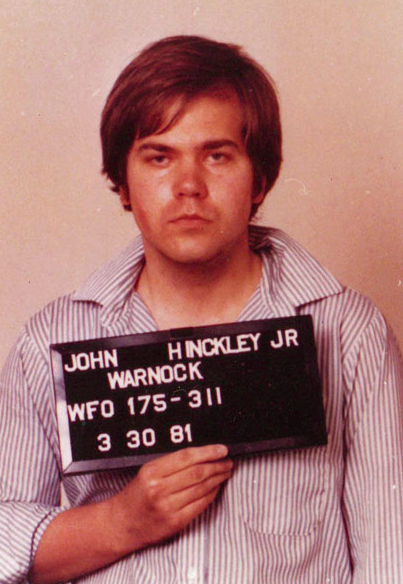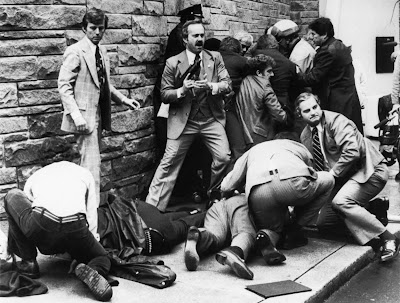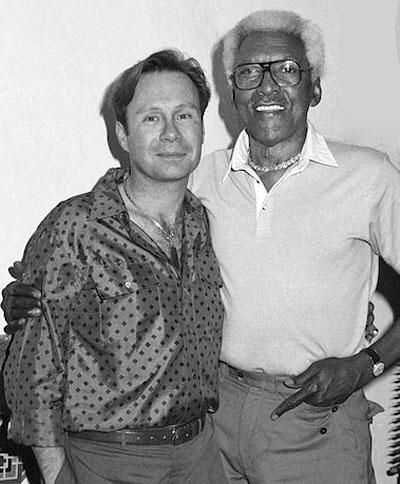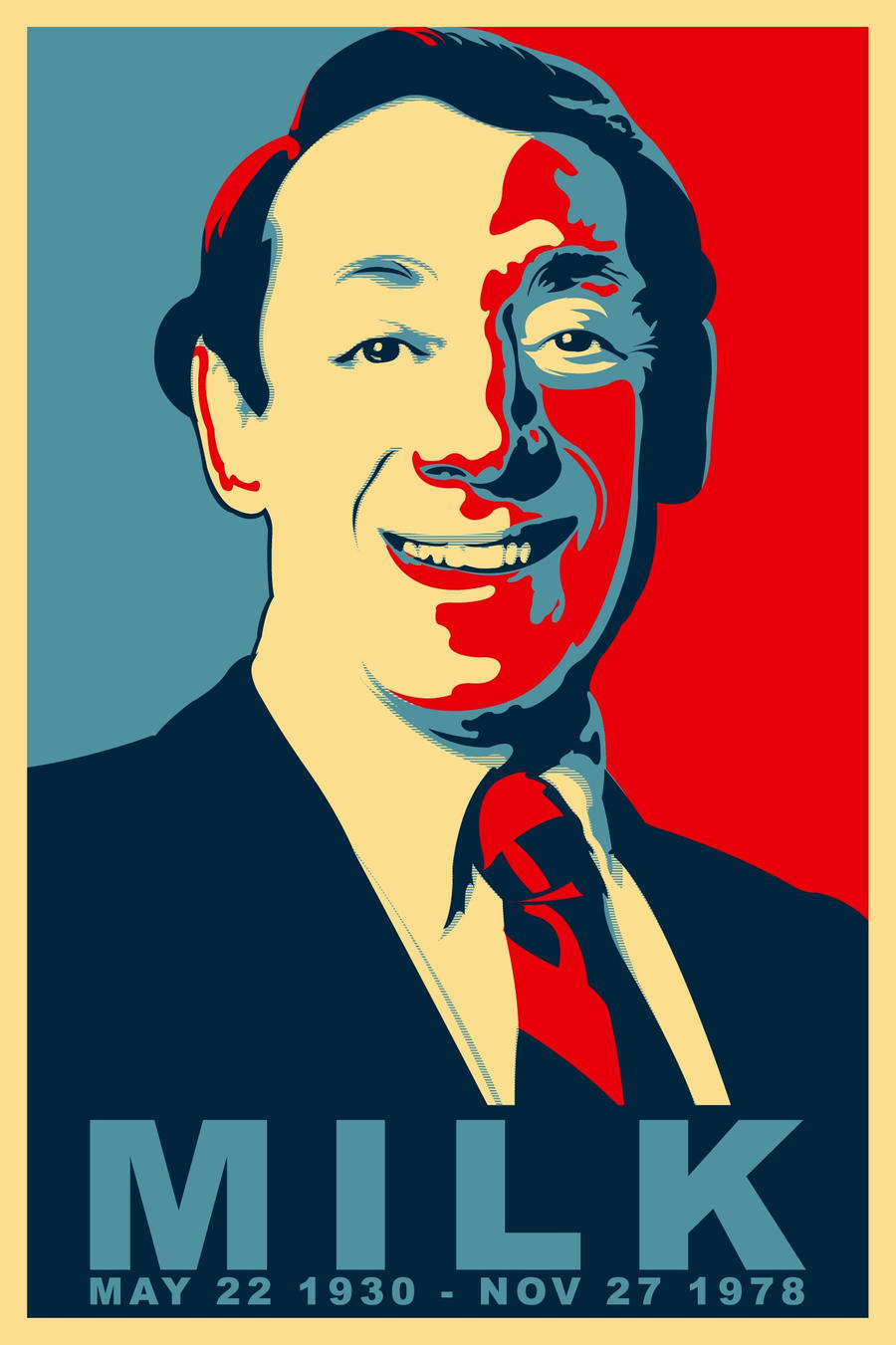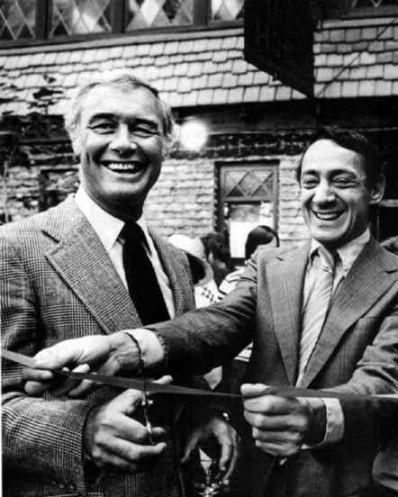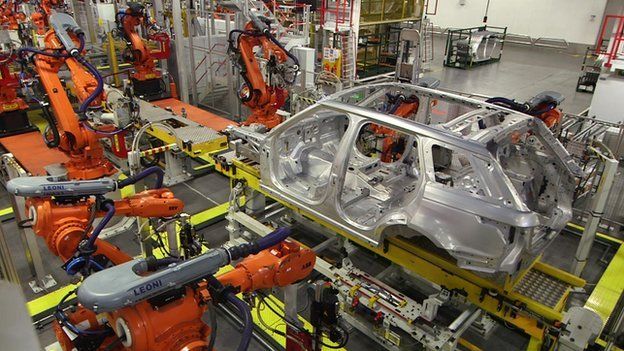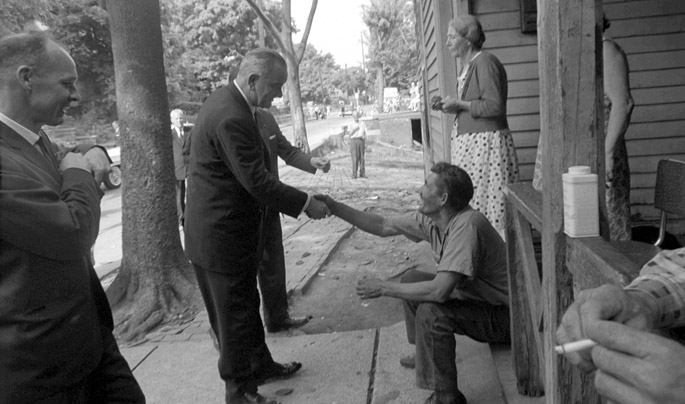Born on March 17, 1912, in West Chester, Pennsylvania Bayard Rustin's early life could easily be called unconventional. He had been raised to believe that Julia and Janifer Rustin were his parents, when in fact, they were his grandparents. The woman he had been led to believe was his sister, Florence, was his mother. She had had Bayard out of wedlock with Archie Hopkins, a West Indian immigrant.
Rustin went on to study at Wilberforce University in Ohio and Cheyney University of Pennsylvania, both historically black universities. In 1937, he moved to New York City to study at the City College of New York. Here he briefly joined the Young Communist League to protest the arrest of the Scottsboro Boys, a group of nine black men accused of raping two white women in Alabama. At the time the communist movement was one of the entities that supported civil rights which attracted Rustin to the movement. He later because disillusioned with the organization's involvement in trying to force the US into WW2, leading him to resign.
His own personal philosophy was a mixture of Quaker pacifism, Gandhi's non-violent resistance, and labor leader Phillip A. Randolph's socialism. During the second world war, Rustin worked for Randolph to fight racial discrimination in war-related hiring. He also was active in pacificist groups after meeting A.J. Muste, a minister and labor organizer. The three men planned to organize a "March on Washington" to pressure President Roosevelt to take action in desegregating the armed forces and the defense industry. Roosevelt agreed with the sentiment and issued Executive Order 8802 which banned segregation in the armed forces, defense industry, and all Federal agencies.

After accepting the position as The Fellowship of Reconciliation's (FOR), a pacifist group, Secretary for Student and General Affairs, Rustin traveled from Louisville, Kentucky to Nashville, Tennesse. It was during this trip that he sat in the second row of the bus, during the trip he was asked by several drivers to get out of his seat so a white person could sit in it. Rustin refused, he was arrested just miles before his destination, was beaten by police and taken to jail. This act of defiance took place in 1942, a full 13 years before Rosa Parks shot to fame for her similar refusal.
Later in 1942, Rustin aided in creating the Congress for Racial Equality (CORE), a pacifist organization that focused on using the nonviolent resistance techniques of Gandhi to combat civil rights violations. As a pacifist, Rustin refused to be inducted into the military was convicted of violating the Selective Service Act and was sentenced to two years in the Lewisburg Federal Penitentiary. Despite his incarceration, he continued to organized protests, this time against the segregation of the prison's dining facilities. He also aided FOR in organizing protests against British colonial rule in India which resulted in him being arrested several times including in India and Africa.
In 1947 Rustin and fellow CORE founder, George Houser, organized the Journey of Reconciliation, a nonviolent form of direct action challenging the segregation laws on interstate buses in the south. A year earlier, the Supreme Court had ruled that segregation in interstate travel violated the United States Consitution, but some southern states refused to comply. The Journey of Reconciliation was meant to provoke a response from the southern law enforcement and legislators. Sixteen men, eight black and eight white, all members of CORE were recruited to ride throughout the upper south. On the rides, black men would ride in the front while the white men would sit in the back, with blacks and whites sitting next to each other on occasion. Several of the riders were arrested in North Carolina, including Rustin, who served 22 days on a chain gang, a group of prisoners chained together and forced to do physically challenging work. The white riders were faced with worse punishment as the judge wanted to make an example of them, they were sentenced to 90 days on a chain gang. Not only was the Journey of Reconciliation the inspiration for the Freedom Rides of the 1960's, but it was also a precursor to the direct action protests that took place throughout the Civil Rights movement.
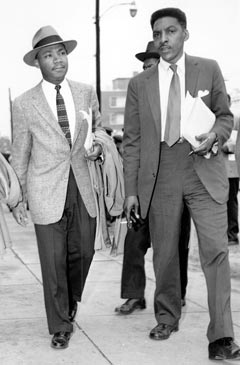
In 1948, Rustin traveled to India to get training directly from the disciples of Gandhi who had been murdered earlier in the year. Over the next years of his life, he traveled to multiple countries to help develop movements to promote independence. He also created the Committee to Support South African Resistance in 1951.
It was in 1953 the Rustin encountered a roadblock that could have derailed his entire career as an activist. He was arrested in Pasadena, California for vagrancy and lewd conduct after being found in a car with two men, he received a plea bargain and only had to spend 60 days in jail. Soon after his release, he was fired by the Fellowship of Reconciliation but was soon hired by the War Resisters League.
In 1956, Rustin made a decision that would change the course of American history. After becoming aware of the growing popularity of Dr. Martin Luther King Jr. and his work leading the Montgomery Bus Boycott he sought the then 25-year-old King out. He meant to impress the importance of nonviolent resistance in regards to protests. At the time King was protected by armed bodyguards and kept a handgun in his home. He taught King the philosophies of Gandhi and eventually King saw the merit of nonviolent resistance. From there the two began working closely, eventually starting the Southern Christian Leadership Conference with other Civil Rights leaders in 1957.
Through all his work to progress Civil Rights, Rustin gained both influential friends and many enemies that were not afraid of using his past or his sexual orientation against him. Though candid about his homosexuality and his previous arrest in California, the general public was not aware of any of it. This changed in 1960 when Rustin and King began pushing for a stronger civil rights platform at the Democratic Convention, planning a boycott of it by their followers. When Adam Powell Jr., the most powerful black politician of the time, heard of their plans he threatened the Rustin with exposing his past to the public and went even further to say that he would accuse the two of having an affair. King ultimately caved to the threats and asked Rustin to resign from the movement. Rustin agreed to do so for the sake of the movement and was forced to work behind the scenes.

In 1963, Rustin and A. Phillip Randolph announced their intent to organize a demonstration in the Washington D.C. They recruited the support of unions to participate in the march. They then reached out to the Council for United Civil Rights Leaders, represented by the heads of the six major civil rights organizations: Randolph himself was the head of the Brotherhood of Sleeping Car Porters, James Farmer, the head of CORE, John Lewis, the chairman of the Student Nonviolent Coordination Committee, King, the head of the SCLC, Roy Wilkins, president of the NAACP, and Whitney Young, president of the National Urban League. From the beginning, Wilkins and Young were against Rustin's involvement out of fear that his past would again interfere and sabotage the effort. The decision was made for Randolph to lead the march and Rustin was relegated to the position of deputy organizer. This proved to only be a title as Rustin was involved in every aspect of the march including the creation of the organization's goals:
- Passage of meaningful civil rights legislation
- Immediate elimination of school segregation
- A program for public works, including job training for the unemployed
- A Federal law prohibiting discrimination in public or private hiring
- A 2 dollar an hour minimum wage nationwide
- Withholding Federal funds from programs that tolerate discrimination
- Enforcement of the 14th Amendment by reducing congressional representation from states that disenfranchised citizens
- A broadened Fair Labor Standards Act to currently excluded employment areas
- Authority for the Attorney General to institute injunctive suits when constitutional rights are violated
In the days leading up to the march, multiple leaders including King received death threats and the Los Angeles Times received a bomb threat stating that their headquarters would be blown up unless the printed a message on the front page calling President Kennedy a "Nigger Lover". As the march started to come together, the more those in Washington wished to derail it. J. Edgar Hoover was convinced that the march was planned and run by the communist party and he passed on Rustin's past to segregationist Senator Strom Thurmond. He used the information to imply that Rustin and King had a sexual relationship, in contrast to the movement's previous treatment of Rustin they rallied around him. In one last stitch effort to stop the march, saboteurs disabled to speaker system the day before it was meant to take place. However, the US government intervened sending the US Army Signal Corps to fix the system in time.

The March on Washington for Jobs and Freedom took place on August 28, 1963. Approximately 250,000 attended the march, about 60,000 were white. They marched from the Washington Monument to the Lincoln Memorial where Martin Luther King gave his famous "I Have a Dream" speech. The event ended with Rustin leading off the list of goals and Randolph asking those in attendance to continue the fight for racial and economic equality.
This, however, was not the end of Rustin's activism. He returned to New York City to lead the New York City School Boycott. He co-wrote an influential article, "From Protest to Politics" which analyzed the economic implications for blacks in the changing world of the 1960s. He also encouraged the black community to work with unions and non-black religious organizations based on their common goals. He put his energy behind labor movements and worked as a writer of the American Federation of Labor and Congress of Industrial Organizations. He spoke out against the violent aspects of the war in Vietnam and against the treatment of Jews in the Soviet Union as well as Soviet imperialism in Africa. Though his sexuality had been used against him for years, he actively supported the Gay Rights movement in the 1970s and 1980s, even testifying on behalf of the New York State's Gay Rights Bill.
Bayard Rustin died on August 24, 1987 and is survived by his partner of 10 years, Walter Naegle.
Source:
http://www.greatblackheroes.com/civil-rights/bayard-rustin/

